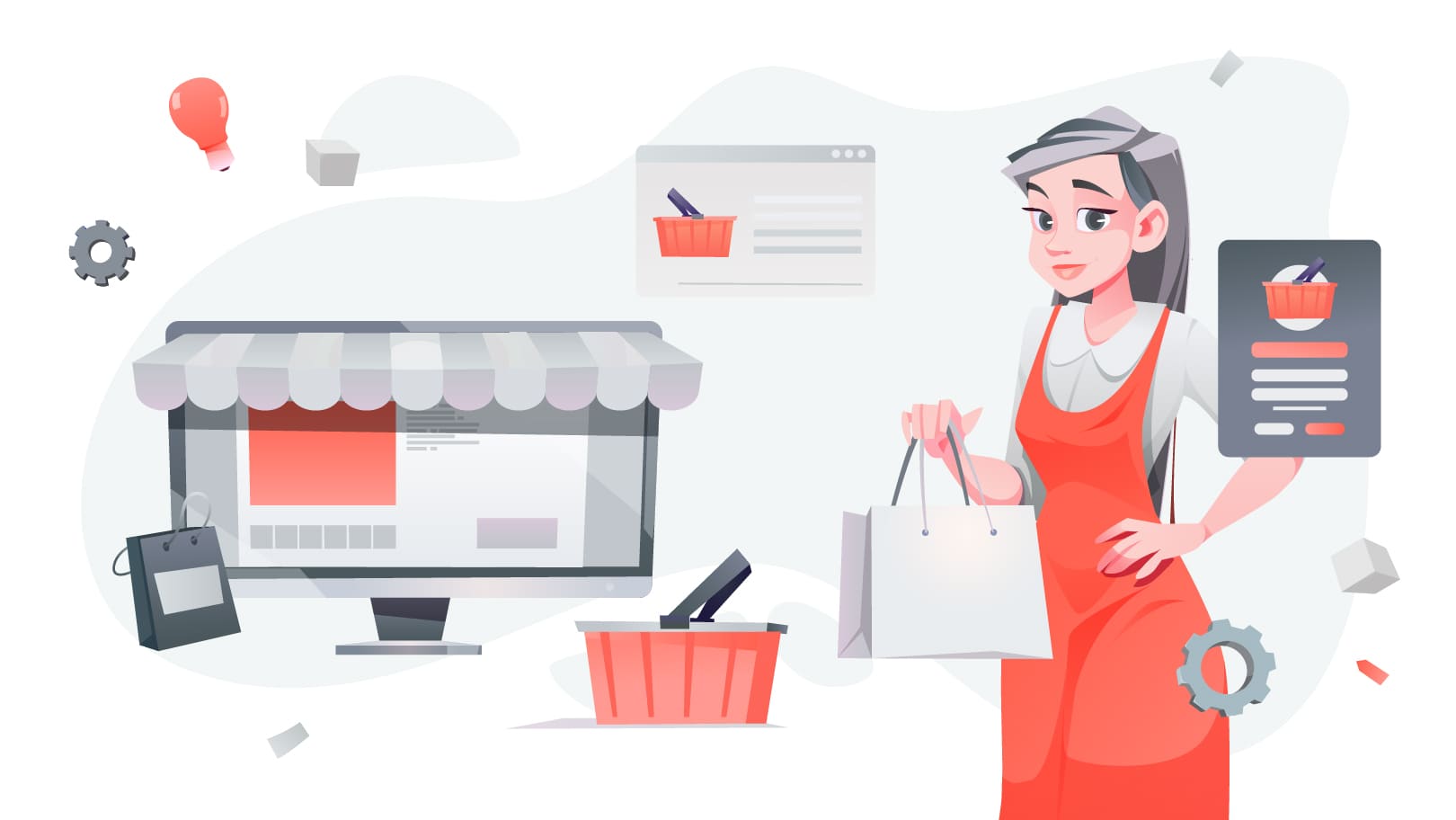A century ago, grocery customers balanced tins and fresh produce in their arms or flimsy wicker baskets. Toda,y a single shopping cart design can incorporate antimicrobial plastics, computer‑vision cameras, and location‑aware wheels that glide like luggage in an airport. Far from being a humble wire cage on casters, the cart has become an ergonomic, data‑rich touch‑point that shapes how long shoppers browse, how much they buy, and even which retailers they remain loyal to. This in‑depth guide traces the evolution of the cart from its 1930s origins to tomorrow’s AI‑powered companions, breaks down the anatomy of effective carts, showcases real‑world innovations, and forecasts trends every retailer should watch.








